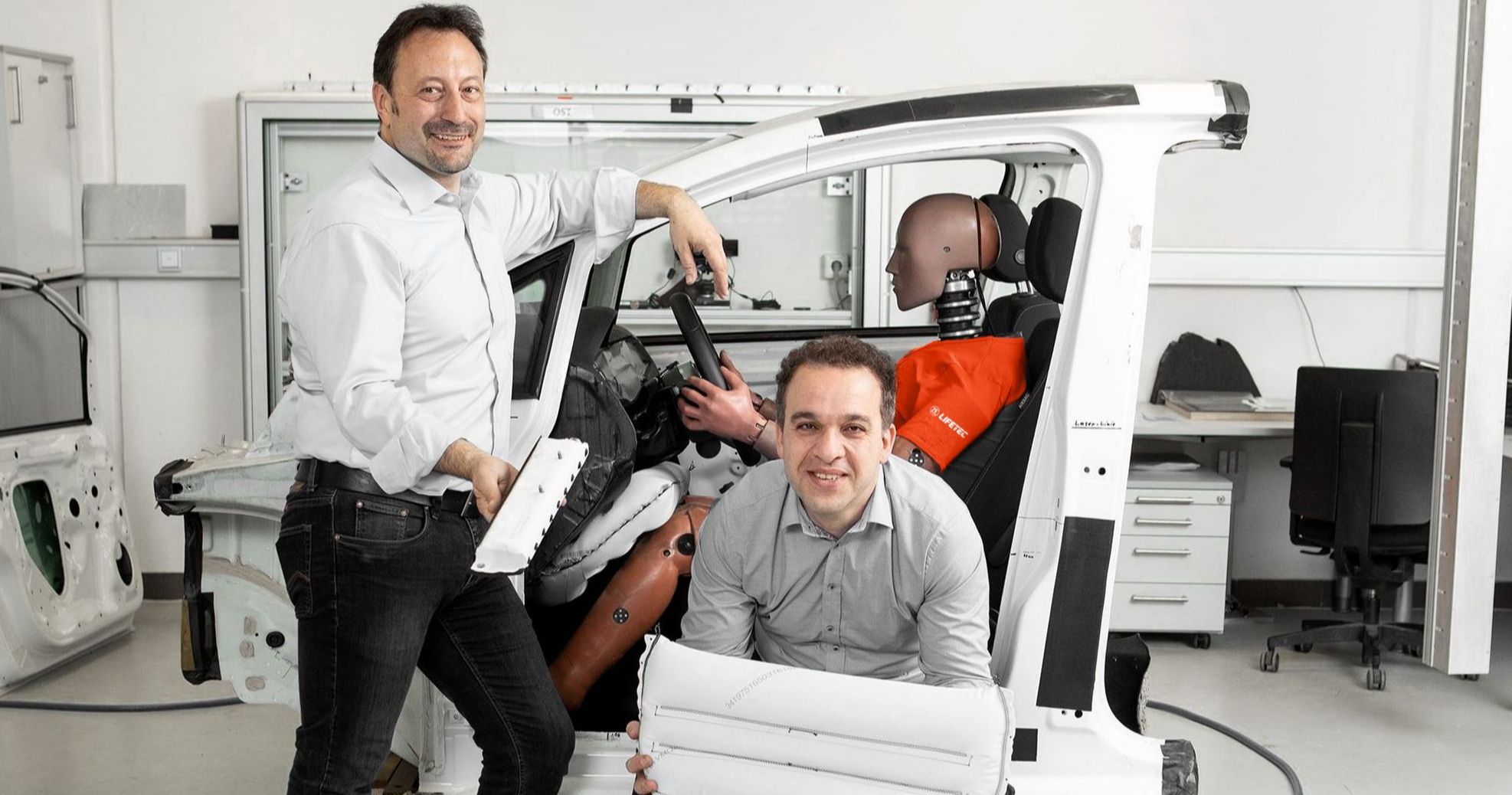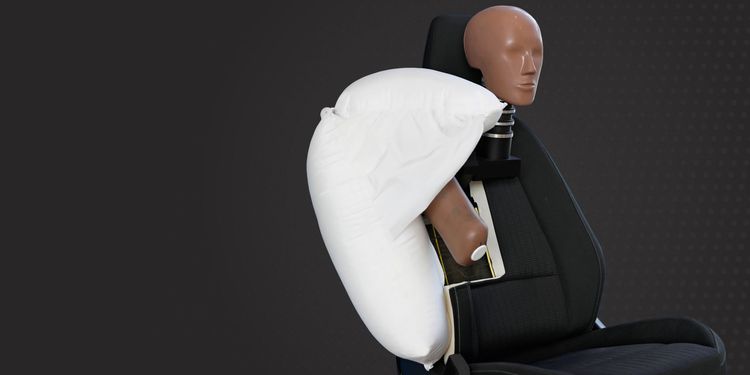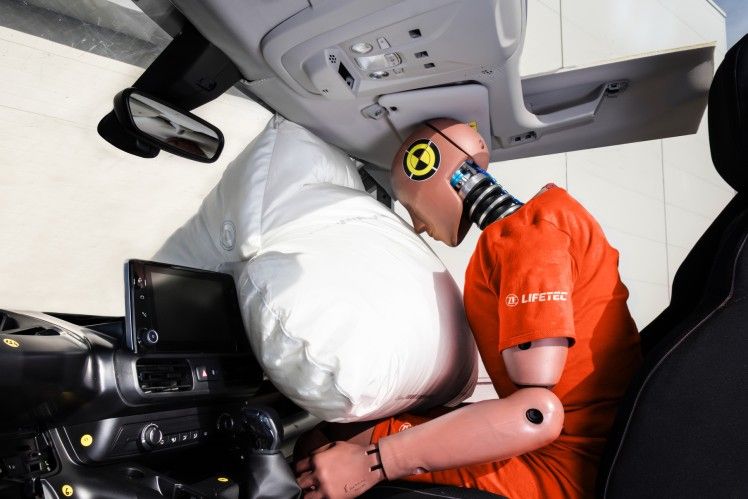One of the most exciting parts of the automotive industry is the idea that there is always a way to make something lighter, smaller, safer. This idea fosters an environment of constant innovation and change. Sometimes, it is like an adventure through parts unknown – pushing further, seeking innovations well beyond the current technology.
Several years ago, we saw a clear trend; our OEM’s were searching for weight reduction because of fuel consumption, and they were looking for smaller module packages to integrate into the new interior designs. Therefore, I decided to develop a new module which would give us an advantage in addressing these concerns. The targets were very challenging with a 30 percent reduction in weight, while simultaneously building a module that is smaller than all existing modules without any compromise in robustness, function and performance!
Like any adventure, we began with solid research. The knee airbag engineering team explored several possibilities — examining the weight of the various components to identify possible ways to meet these requirements. Finally, we concluded that the airbag housing had the greatest potential for weight savings.
This was just the starting point of a long, challenging journey. To replace a metal housing with plastic could not meet the requirements. We contemplated several approaches, including those that fell into categories like “cannot work” and “doesn’t exist.” It became apparent that the idea with the highest potential was mission impossible for a knee airbag — to replace the housing with fabric!
This required a totally new generation of knee bag design, as well as specialized processes and manufacturing equipment that differed from the traditional technology employing steel housing designs.

So, why is such an innovation important?
For the vehicle manufacturers, it enables significant savings in terms of tooling costs; quicker availability of prototype and serial parts during development; and more flexibility in case of required modifications of the housing design. The mounting position is outside the field of vision, so only a protective cover is needed and thus does not affect any alteration within the instrument panel which enhances interior design freedom.
For the end user, the package size reduction of 20 percent (package height of 50 millimeters with metal housing versus 40 millimeters with fabric housing), allows for an increase in legroom which results in greater comfort for occupants.
We developed a product that not only meets the challenges we identified, but we also invested in the future of conventional and autonomous driving vehicles. Our team is proud of the successful effort to design and launch the fabric housing knee airbag.
Not only have we heard positive comments from our customer, we have also received recognition both internally and externally with two prestigious awards: the ZF Excellence Award in the Product category and the Altair Enlighten Award in the module category recognizing the best innovation in lightweighting each year.
For me, the most exciting part of this process is knowing that this success serves as the foundation for our next great adventure.

Werner Freisler is Head of Knee Airbag Engineering at ZF in Alfdorf, Germany
Next Stories

An Airbag that is Quick to Offer Protection
Head-on collisions can be dangerous. This even holds true for collisions on the opposite side to the occupant, as the impact can throw the occupant’s body toward the middle of the vehicle.

New Bag-in-Roof makes Headlines
ZF is regarded as a pioneer of the Bag-in-Roof airbag, which helps to protect front-seat passengers of widely differing sizes in various seating positions. The roof-mounted airbag can be a valid alternative to traditional dashboard-mounted airbags.



